There are places on the travel map that pass unnoticed, leaving behind only a shadow of a memory.... Oviedo, however, has carved itself deeply and indelibly into my memory.... My first encounter with the city was to navigate its narrow streets in search of the perfect place to park our van. Later, as we walked towards the centre, passing neighbourhoods and squares, each turn and alley drew us deeper into the charm of the place. It was late afternoon by the time we wandered through the bustling streets of the old town.... We decided to immerse ourselves in the flavours of Asturian cuisine - because where else can you taste the lauded CACHOPO than in the heart of the region...
History of Oviedo
When writing about the city of Oviedo, it's hard to overlook its early history and the significance that set the course not only for the region of Asturias but for all of northern Spain. Founded in 761 AD by monks Máximo and Fromestano, Oviedo was intended from the start to be a sanctuary in the remote, mountainous areas of Asturias. This place quickly evolved into an important religious center, attracting monks and pilgrims who contributed to the city's development.
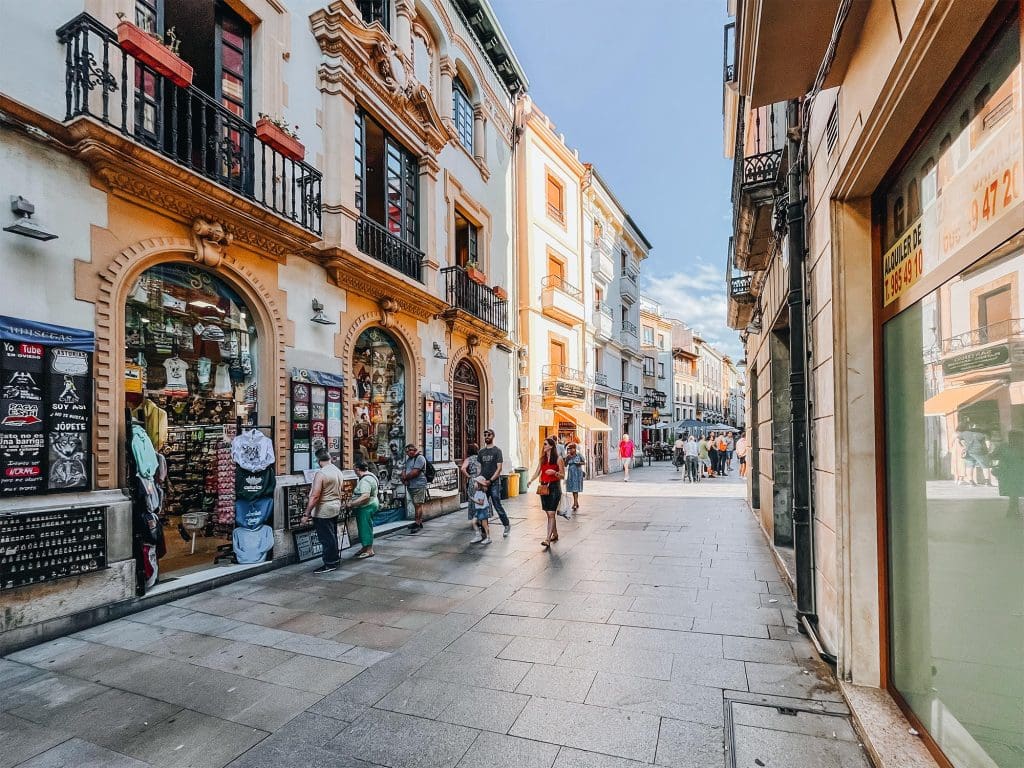
Królestwo Asturii, zapoczątkowane zostało przez wizygockiego arystokratę Pelagiusza, który zbuntował się przeciwko muzułmańskim okupantom w 720 roku, co stanowi tło dla wczesnych dni Oviedo. Było jednym z pierwszych niepodległych chrześcijańskich królestw, które utworzyły się na Półwyspie Iberyjskim po najazdach muzułmańskich. Z czasem miasto rozkwitło pod rządami kolejnych monarchów, szczególnie Alfonsa II “Czystego”, który w IX wieku ustanowił tu stolicę i biskupstwo, przyczyniając się znacząco do rozwoju, oraz stworzenia Pilgrimage Route to Santiago de Compostela.The layout of the city and its architectural wonders, such as San Salvador Cathedral, Santa María del Naranco & San Miguel de Lillo, tell the stories of past eras and reflect the ambitions and religious devotion of the Asturian monarchy.
With the decline of the Kingdom of Asturias and the shift of power to León following the death of Alfonso III, Oviedo lost its dominant role as the capital of the kingdom. However, its religious and cultural significance remained intact. The walls surrounding the city testify to its gradual socio-economic development, from the medieval period through the Renaissance.
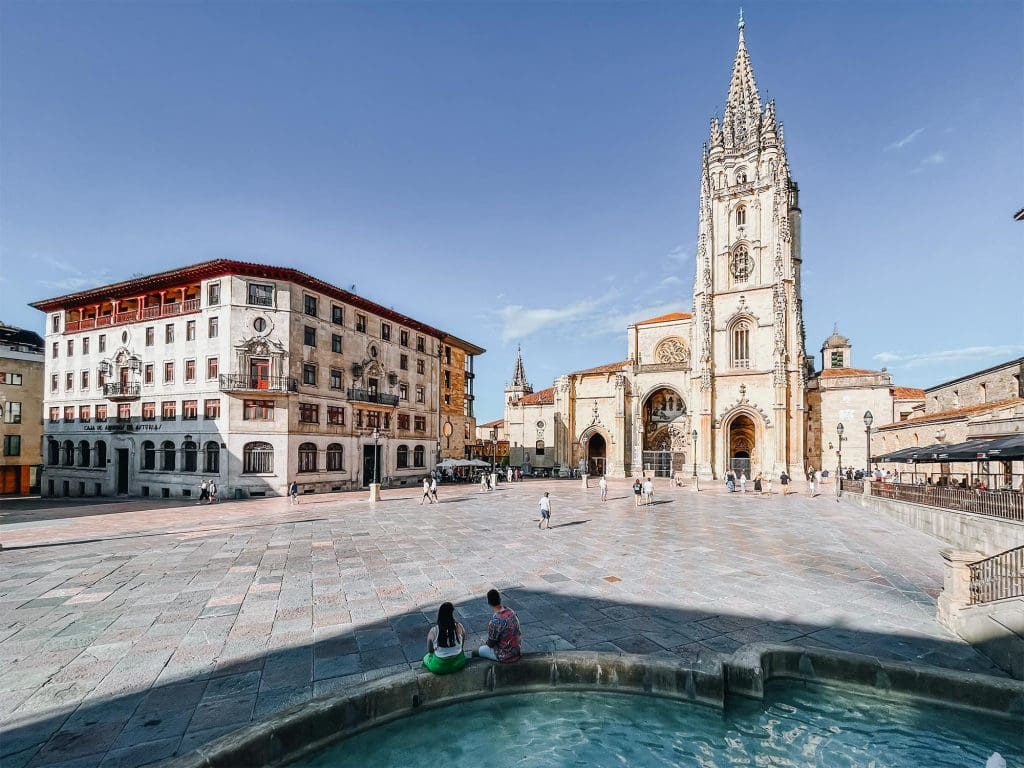
Oviedo's architectural landscape combines pre-Romanesque, Gothic, Baroque and modern influences. Buildings such as the University of Oviedo, founded in the 17th century, reflect the city's ongoing development and its importance as a centre of education, culture and administration in Spain.
In more recent history, Oviedo has witnessed significant events, such as the miners' strike of 1934 and the siege during the Spanish Civil War. Despite the various dramatic moments, Oviedo has retained its historical integrity and charm, making it a fascinating place for visitors.
What's worth seeing in Oviedo?
Miasto stało się źródłem inspiracji dla twórców z różnych zakątków świata. Woody Allen w filmie “Vicky Cristina Barcelona”, przedstawił je jako miejsce romantyczne i pełne tajemnic, gdzie główne bohaterki przeżywają zmieniające życie doświadczenia. Film przekazuje widzom obraz miasta jako miejsce otwarte na świat i przesycone sztuką. Allen, po otrzymaniu Honorowego Doktoratu od Uniwersytetu Oviedo, nazwał Oviedo “zakątkiem raju”…
Important monuments of Oviedo:
- San Salvador Cathedral – built in the Gothic style, it is renowned for its Pre-Romanesque Chapel of the Holy Chamber.
- Church of St. Julian of the Meadows (Santullano) – one of the most significant monuments of pre-Romanesque architecture.
- Church of Saint Mary of Naranco – a distinctive example of Asturian pre-Romanesque architecture.
- Church of San Miguel de Lillo – another valuable pre-Romanesque monument, located on the slopes of Mount Naranco.
- Plaza with a Fountain – a historic market square surrounded by Baroque and Renaissance buildings.
- Palace of Camposagrado – a Baroque palace, currently housing the Supreme Court of the Principality of Asturias.
- Monasterio de San Vicente – now the Archaeological Museum of Asturias, it is one of the oldest places of worship in the city.
- Church of San Tirso – a historic church known for its distinctive pre-Romanesque window.
- Church and Monastery of La Vega – a monastic complex with a church in the Baroque style.
- City Wall – remnants of medieval defensive walls that once encircled the old town.
Gastronomy of Oviedo
Located in the mountainous north of Spain, Asturian cuisine is famous for its rich meat dishes such as carne gobernada - beef stewed in white wine, fresh seafood, creamy cheeses, spicy stuffed bread, bollos preñaos, and hearty, rich bean stews, of which the most famous is fabada - one of the culinary symbols of the region. This is a nourishing, thick soup made with fabes beans, to which chorizo, morcilla, ham, and bacon are added. The region is also known for its apples, a key ingredient in traditional Asturian cider (sidra), a local delicacy traditionally poured from a height.

Taking over the title from Cuenca, Oviedo has been crowned the Spanish Gastronomic Capital of 2024. Having previously held this prestigious title in 2012 and 2022, this attests to the fact that
...Oviedo is a gastronomic powerhouse, renowned for its fantastic products, traditional dishes, culinary heritage, and acclaimed restaurants, including NM by Nacho Manzano, which earned its first Michelin star in November 2023.
Throughout 2024, visitors to Oviedo and its surroundings will have the opportunity to participate in numerous gastronomic events celebrated throughout the city. Among them, dishes such as cachopo - a fried delicacy made of cheese and veal, reminiscent of an escalope or schnitzel, will undoubtedly take the spotlight.
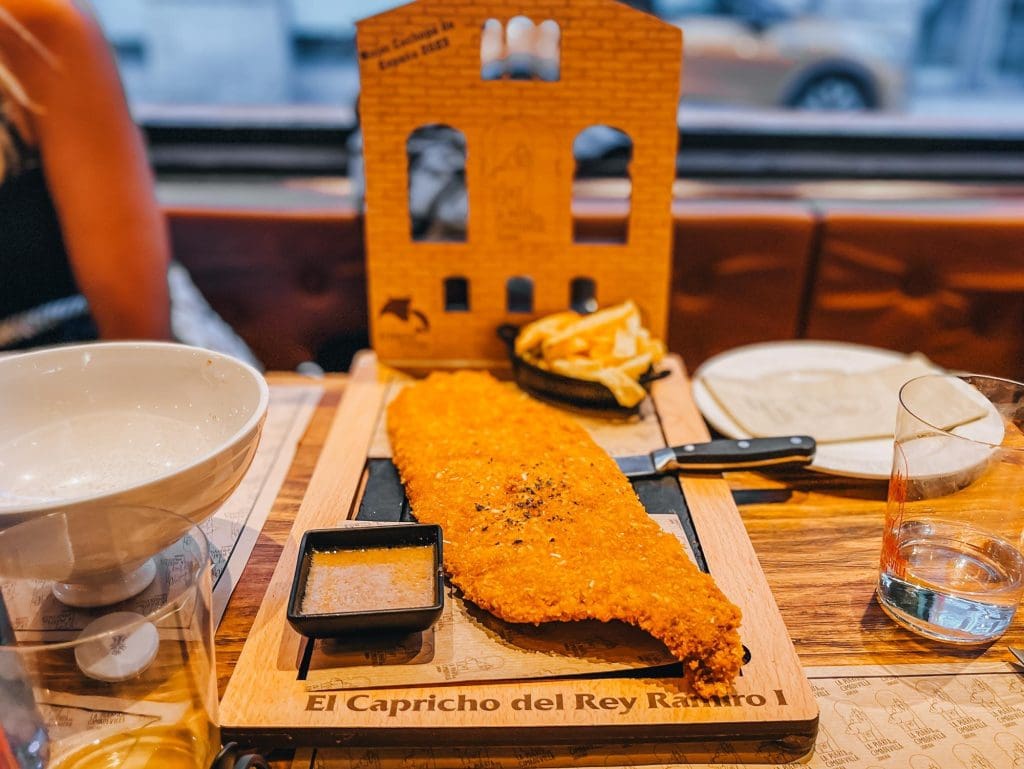
In one of the friendly locales in the center, where our female dog could join us for dinner, we tried cachopo, served with delicious cider poured in the traditional high style. Nearby, some lovely ladies with whom we shared our culinary impressions were enjoying a spectacular dish - a flaming beef in gold!
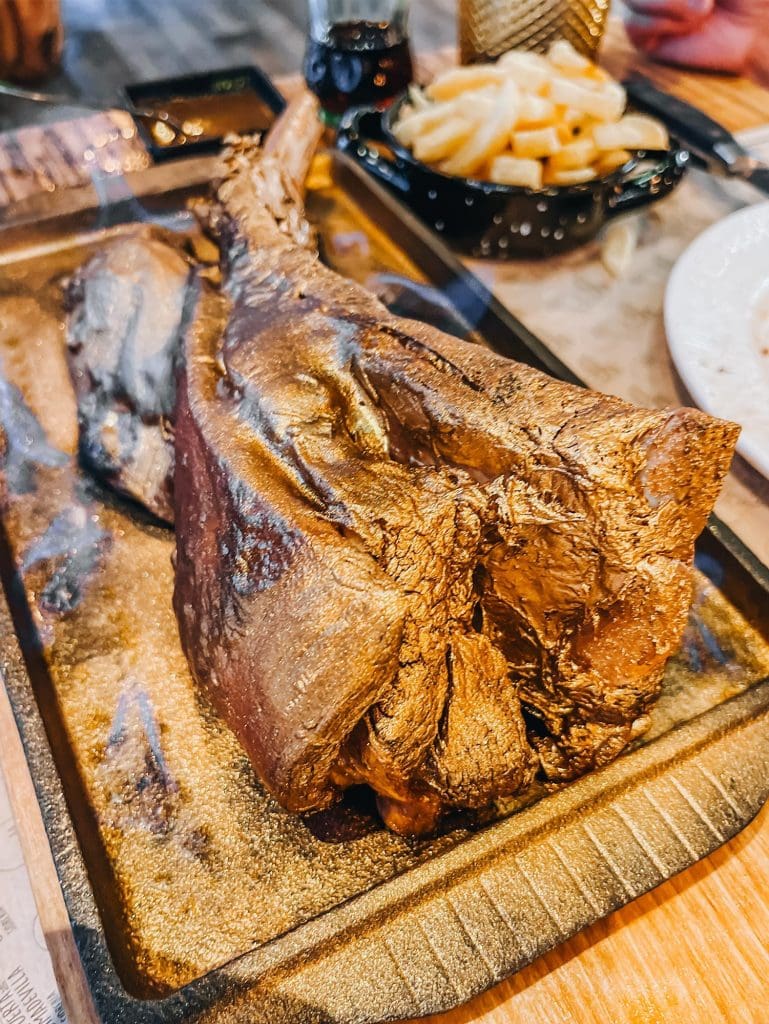
It's worth browsing the shops for Asturian cheeses, especially the world-famous Cabrales, and Asturian sweets like Carbayones. These sweet, almond pastries are a local delicacy, with a name that harks back to the ancient name for the residents of Oviedo.
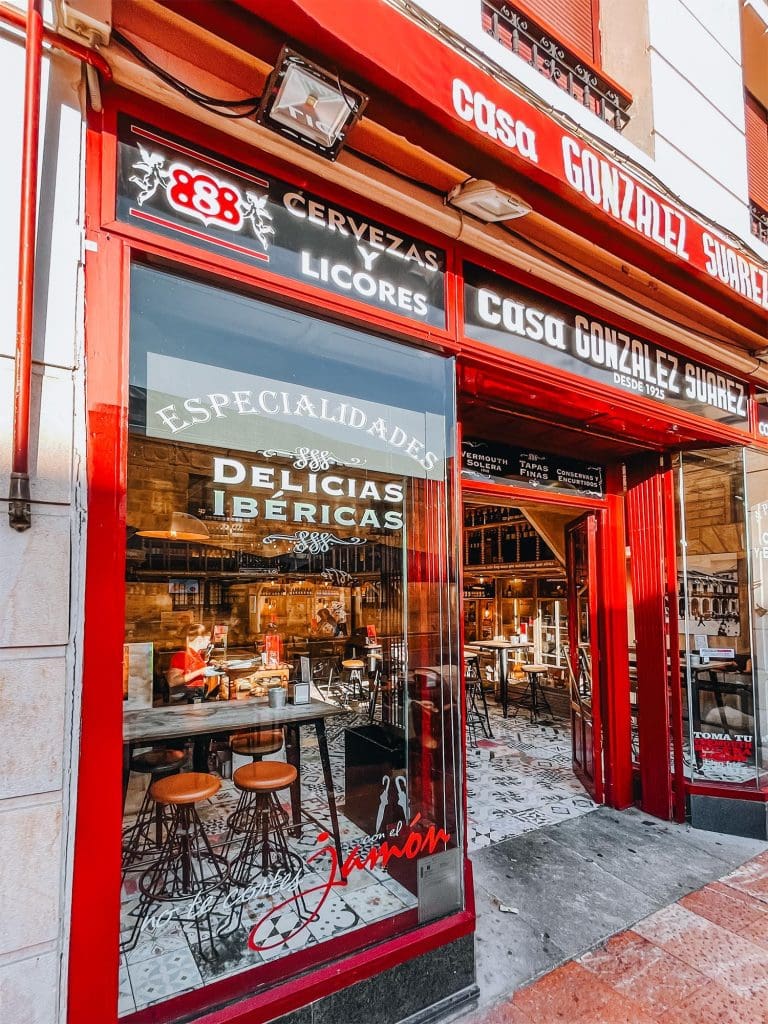
I dream of returning to Asturias so that I can once again lose myself for longer in its lands. Oviedo, with its picturesque streets, is tempting to allow myself a longer visit...
How to get to Oviedo?
By airplane: The nearest international airport is Aeropuerto de Asturias. The airport is located approximately 40 km from Oviedo, but mainly serves domestic flights. From the airport, the city can be reached by bus, taxi or hired car.
By Train: Oviedo is well connected by train to various parts of Spain, including Madrid and Barcelona. Renfe, the Spanish national railway company, offers regular high-speed train services (AVE, Alvia).
By Bus: There are regular bus services between Oviedo and other major cities in Spain. ALSA is one of the main carriers, offering a wide range of routes.
SEARCH FOR CONNECTIONS
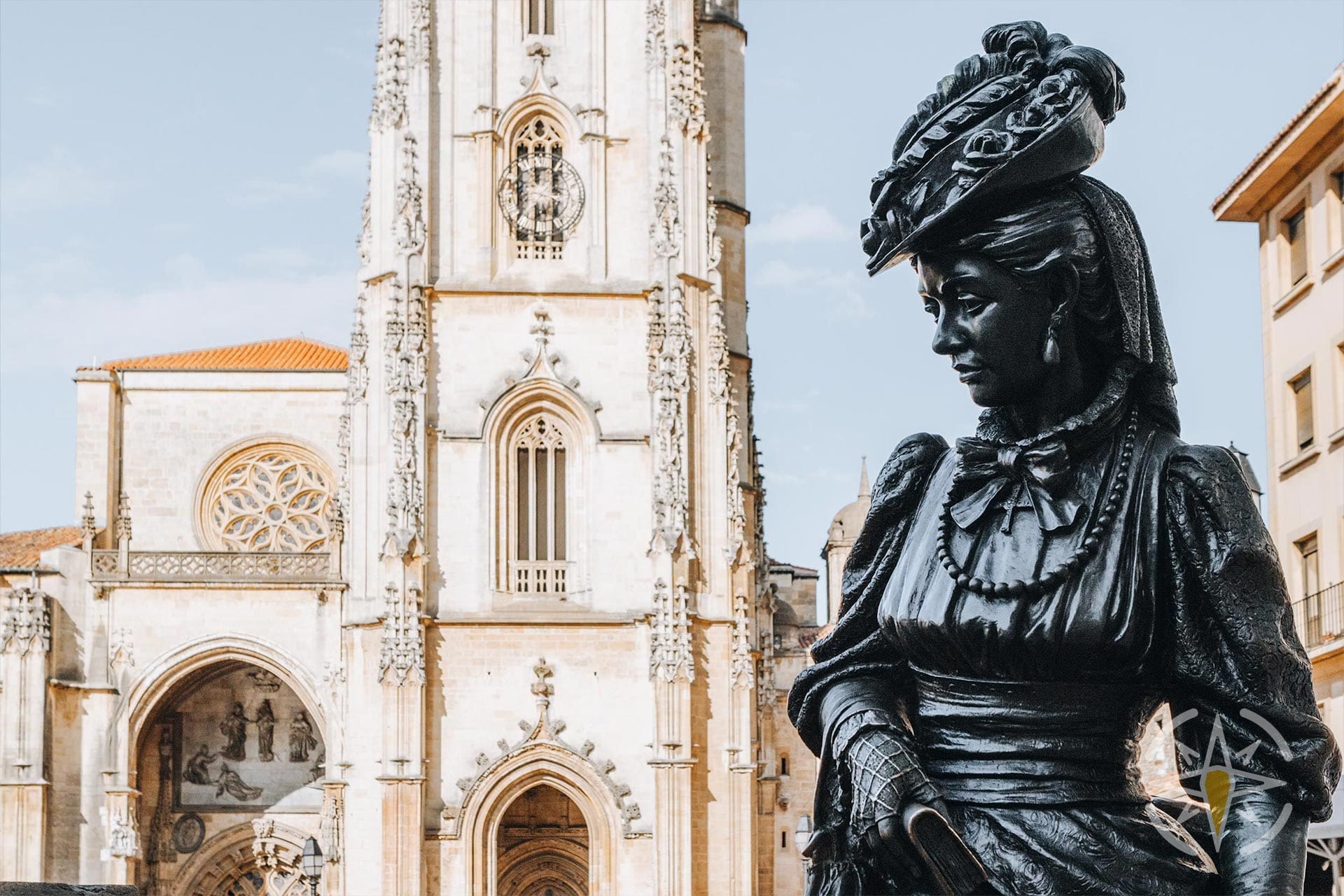
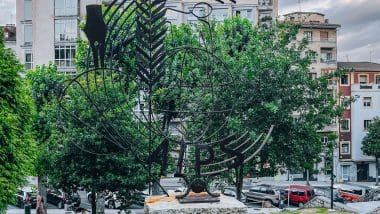
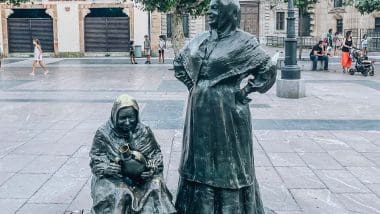

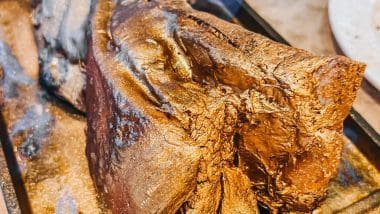
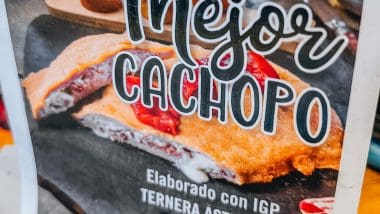
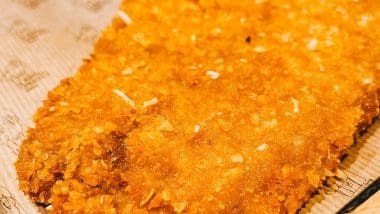
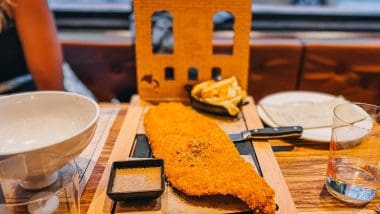
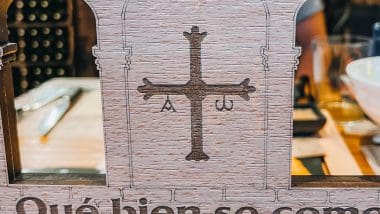
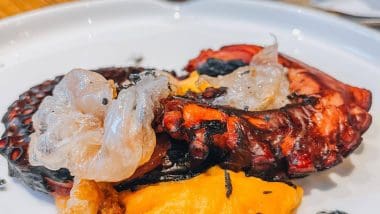
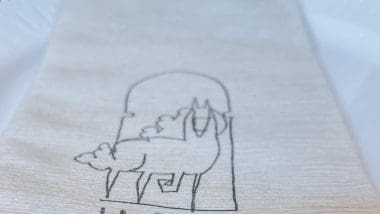
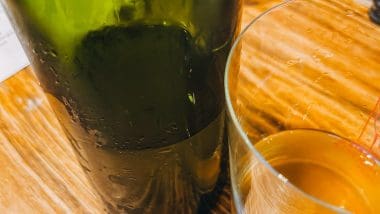
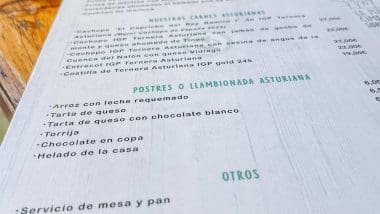
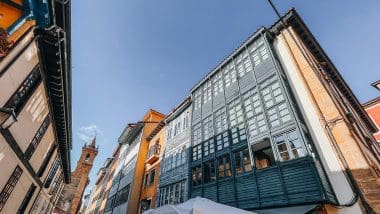
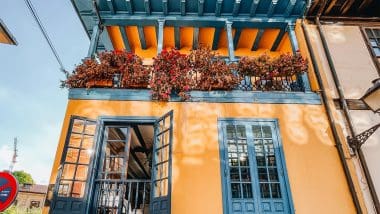
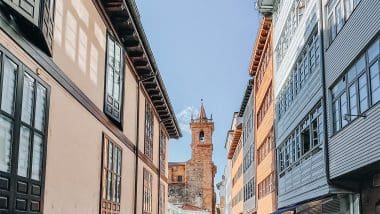
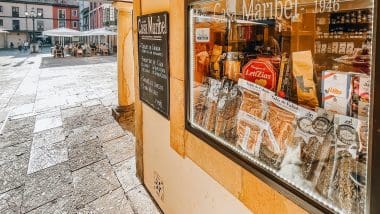
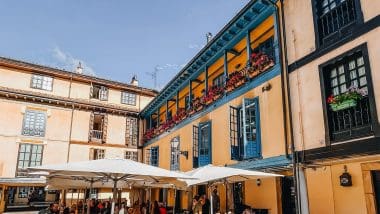
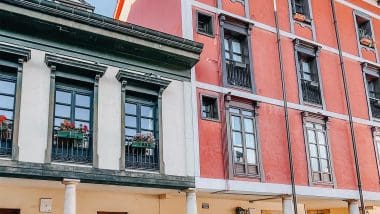
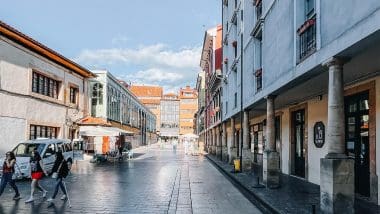
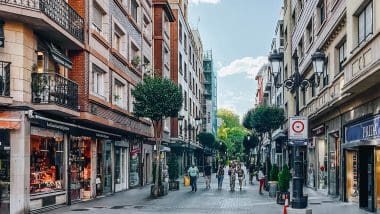
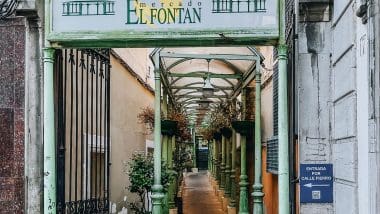


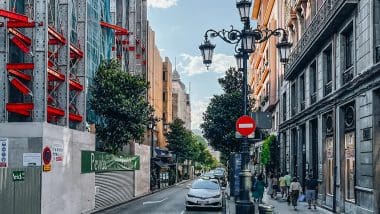
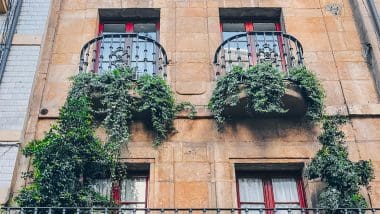
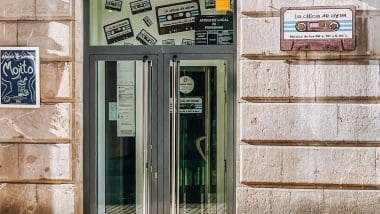


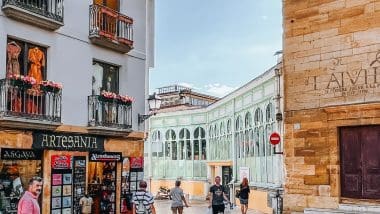
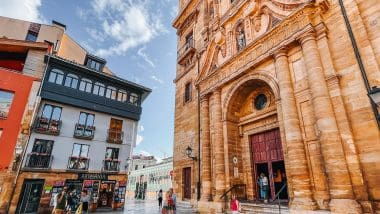
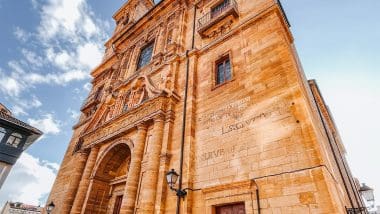
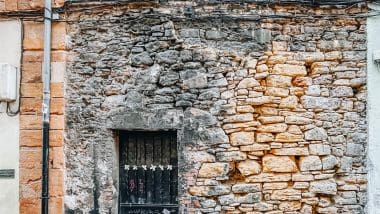
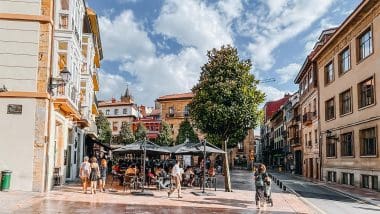


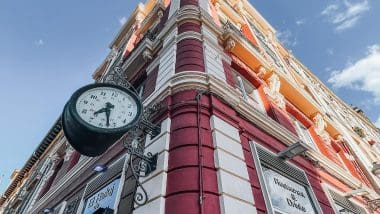

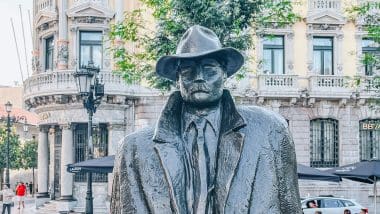
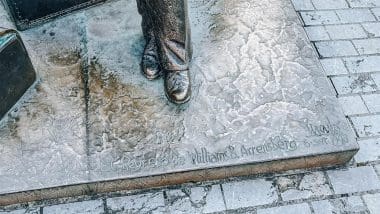
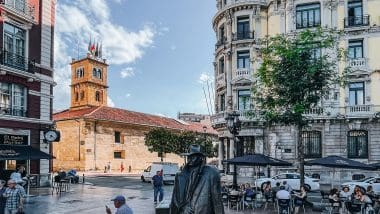

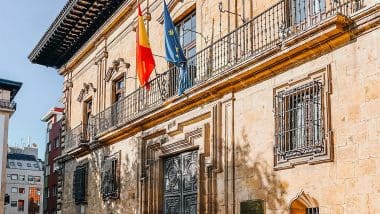
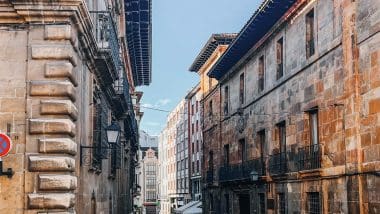
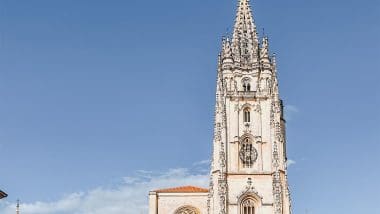
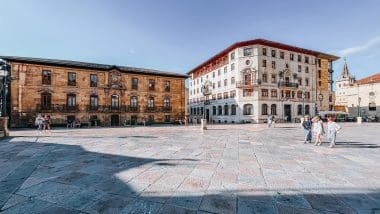

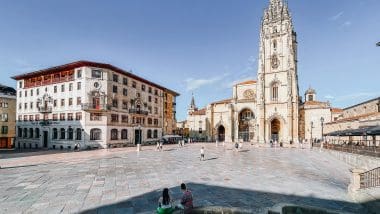
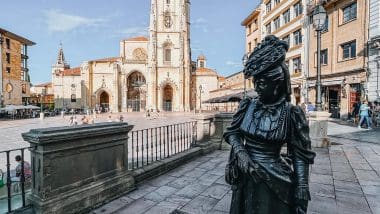

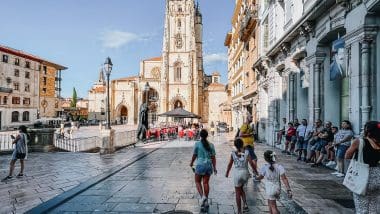
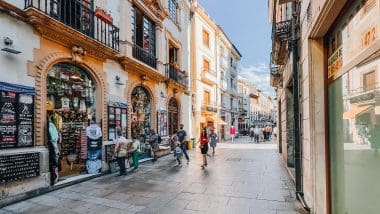
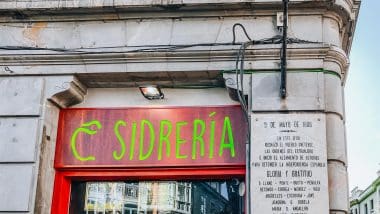
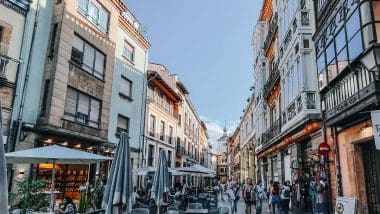
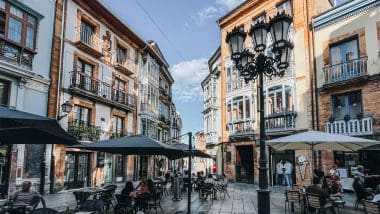
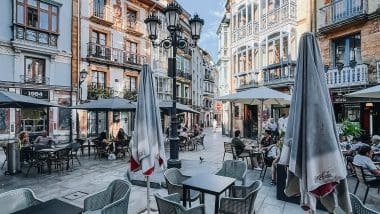

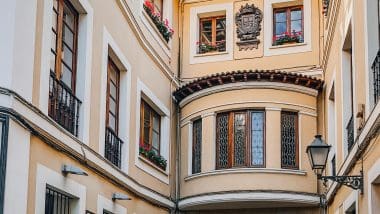
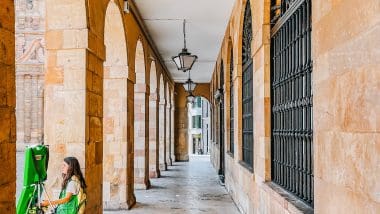
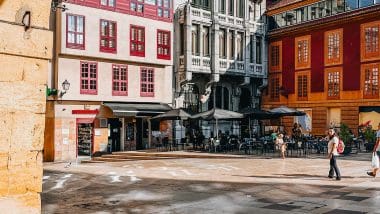
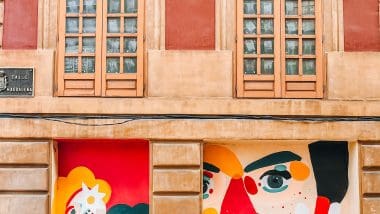
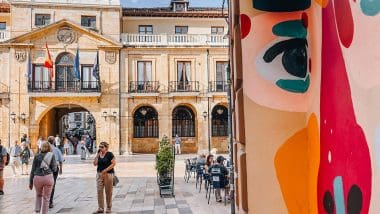
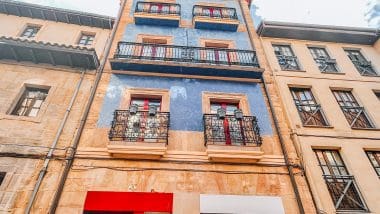



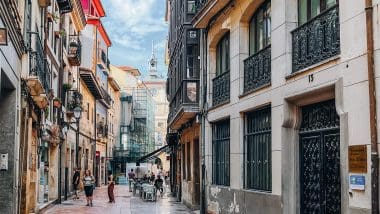
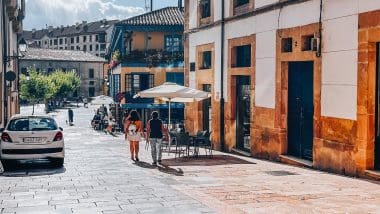

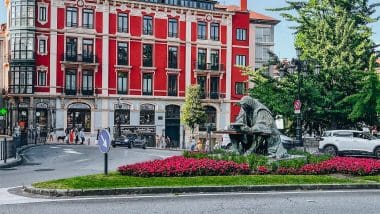
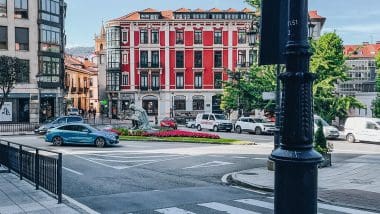


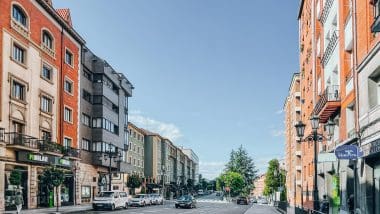
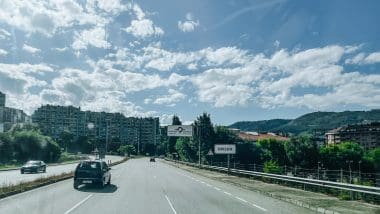
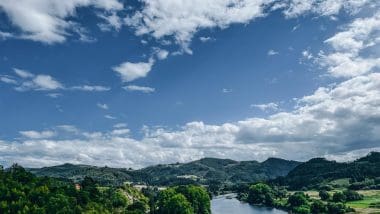
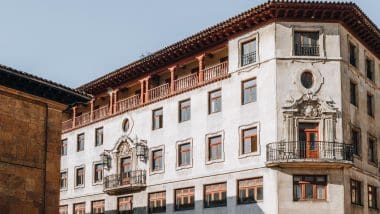
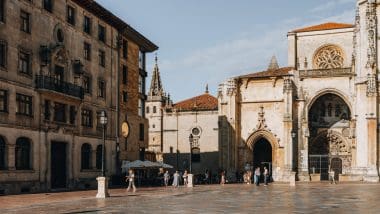
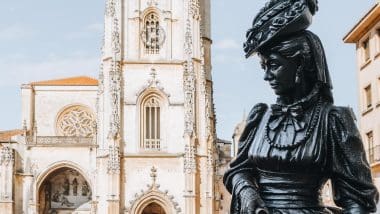

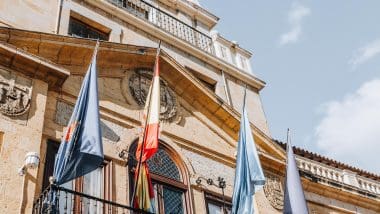
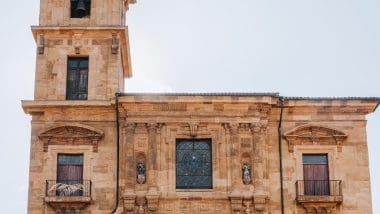
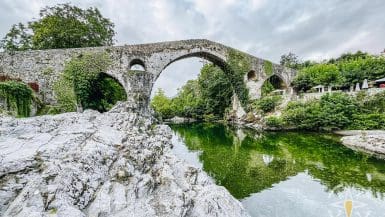
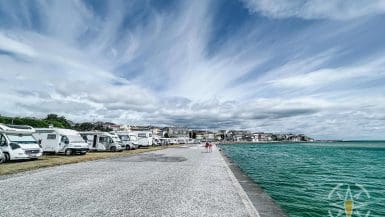
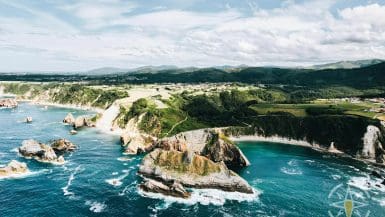


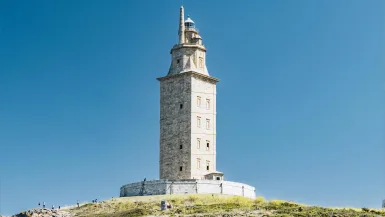
Leave a comment, ask a question...